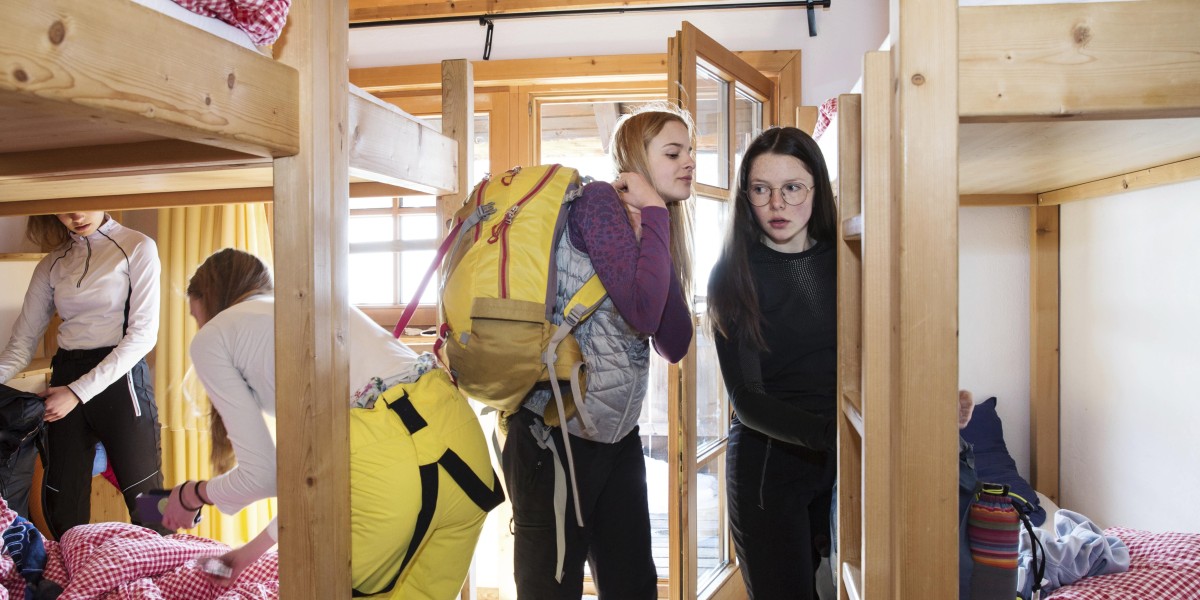Even the best siding material can fail if it’s not put up correctly. Let’s talk about why installation matters so much, what can go wrong if it’s done poorly, and how to make sure your T-111 siding lasts as long as it should.
The Hidden Strength Behind Proper Installation
T-111 siding isn’t just decorative — it’s structural. It adds rigidity to your home’s exterior and helps protect against the elements. When installed properly, it can stand strong against wind, rain, and heat for years.
But when shortcuts are taken — like skipping flashing, misplacing nails, or neglecting sealing — those same panels can quickly start to warp, swell, or rot. In other words, installation isn’t just step one — it’s the foundation of your siding’s entire lifespan.
Common Installation Mistakes to Avoid
Even a small error during installation can lead to big problems later. Here are some of the most common issues professionals often have to fix:
Skipping the Weather Barrier
T-111 siding isn’t completely waterproof on its own. If there’s no weather-resistant barrier (like house wrap or felt paper) behind it, moisture can seep through and damage the sheathing.Improper Nailing
Nailing too tightly or too loosely can cause panels to split or shift over time. The right technique leaves a small gap for natural wood expansion.Ignoring the Bottom Edge
The base of your siding is the most vulnerable to water. Without proper clearance from soil or mulch, the wood can soak up moisture and start to rot.Poor Flashing and Sealing
Corners, windows, and door frames need extra protection. Skipping flashing or caulk in these areas can create easy entry points for water.No Ventilation Gap
T-111 siding needs space to breathe. A small ventilation gap behind panels allows air to circulate and prevents trapped moisture — a common cause of premature decay.
Each of these mistakes might seem minor, but together they can drastically shorten your siding’s life and increase repair costs.
Why Professional Installation Pays Off
You might be tempted to treat T-111 as a DIY project — it’s plywood, after all, how hard can it be? But this siding isn’t as simple as it looks. It requires precision, experience, and the right tools to install correctly.
Professional installers know how to:
Seal seams and joints to block water.
Align vertical grooves evenly for a flawless appearance.
Fasten panels without splitting or warping.
Properly flash around openings to prevent leaks.
Handle large panels safely and efficiently.
When a professional team handles your siding, they ensure that every board fits snugly, looks perfect, and stands strong for decades.
What Proper Installation Looks Like
A well-done T-111 installation follows a few key steps. Here’s what to expect if the job’s being done right:
A Clean, Dry Surface: The old siding or sheathing should be in good shape before new panels go up.
House Wrap or Barrier: A moisture barrier is always applied beneath the panels.
Accurate Measurements: Each sheet is cut to fit tightly at joints and edges.
Even Fastening: Nails are spaced correctly and driven in just enough to hold without crushing the wood.
Sealed Seams: All joints, corners, and edges get caulked or sealed to prevent leaks.
Proper Paint or Stain Finish: Once installed, the siding is coated for weather protection and appearance.
When these steps are followed carefully, you can expect your siding to stay sturdy and attractive for decades.
How Proper Installation Extends Longevity
A well-installed T-111 siding system doesn’t just look better — it lasts longer and saves you money in the long run. Here’s how:
Prevents Moisture Damage: Tight seams and flashing stop water from getting behind panels.
Reduces Maintenance Needs: Proper installation minimizes the risk of peeling paint, warping, or swelling.
Improves Energy Efficiency: A secure fit helps seal your home against air leaks.
Protects Structural Integrity: By preventing water intrusion, it keeps your home’s framework dry and solid.
Boosts Curb Appeal: Straight, clean lines and even grooves make your home look well-kept and professional.
It’s the kind of difference you can actually see — and feel — years down the line.
Signs of a Bad Installation
If your siding is already up but something feels “off,” here are a few warning signs that the installation might not have been done correctly:
Panels are buckling or separating at the seams.
You see water stains or mold near window edges.
Paint or stain is peeling too soon.
The bottom edge of the siding feels soft or damp.
There are visible gaps where panels meet.
If any of these issues sound familiar, it might be time for a professional inspection before the damage spreads.
How to Ensure You Get a Quality Installation
Here’s how homeowners can take control of the process and make sure it’s done right:
Hire an Experienced Contractor: Always choose a team familiar with T-111 — not all siding types install the same way.
Ask About Materials: Confirm they’re using a moisture barrier, flashing, and high-quality fasteners.
Check Their Prep Work: Proper site preparation and sealing should be part of their plan.
Request a Warranty: A confident contractor will stand behind their work.
Remember — the best results come from combining quality materials with skilled craftsmanship.







